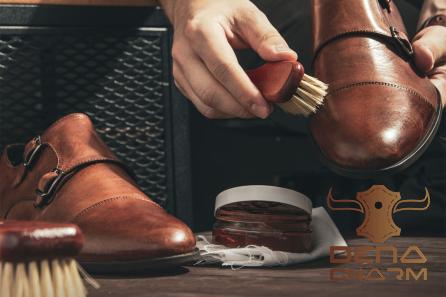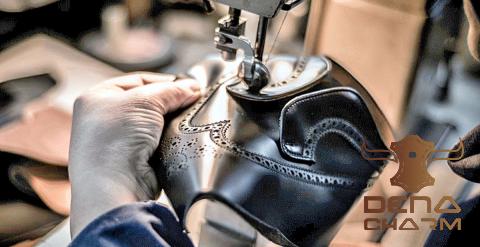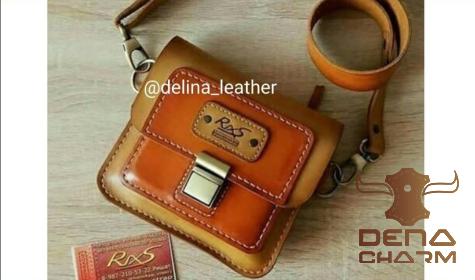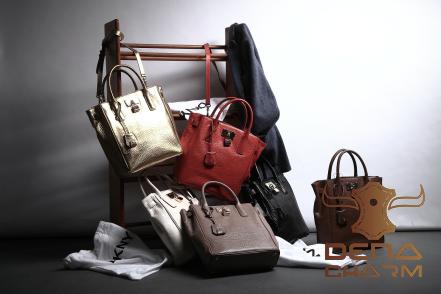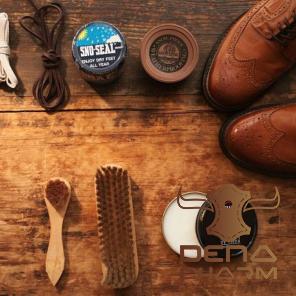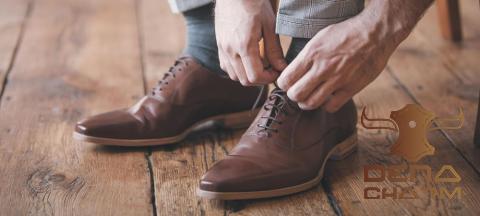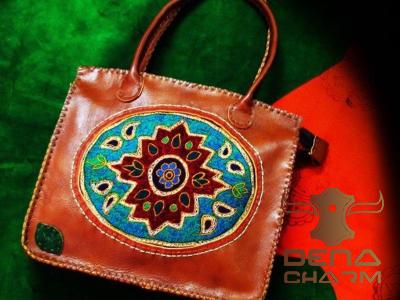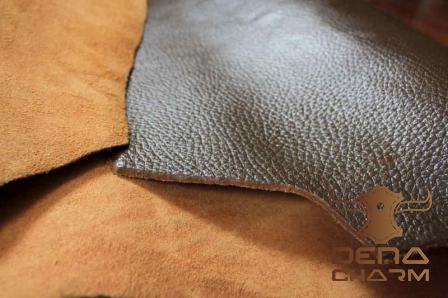Understanding the Differences and Choosing the Right Material for Your Needs When it comes to leather, there are many types and finishes to choose from. Two popular options are patent leather and full grain leather. Both offer unique characteristics and benefits, but understanding the differences between them is crucial in making an informed decision. Discussing Patent Leather vs Full Grain Leather Patent leather is recognized for its glossy, mirror-like finish. The name “patent” leather stems from the 18th century when a process called “patenting” was developed to give leather a polished look. It involves applying multiple layers of a protective coating, typically made from varnish or lacquer, onto the surface of the leather. This process gives patent leather its distinctive shine and durability. On the other hand, full grain leather is the highest quality of leather available. It is unaltered and retains the entire grain layer, which is the outermost part of the animal’s hide. Full grain leather showcases the natural markings and imperfections of the hide, such as scars, wrinkles, and veining. These traits contribute to its unique character and identity. The Highest Quality of Patent Leather vs Full Grain Leather While patent leather has its appeal with its glossy finish, it is important to note that it is a man-made finish applied to lower-quality leather. The underlying leather used for patent leather can vary greatly in terms of quality, from corrected grain leather (where the surface is sanded down to remove any imperfections) to genuine leather (which is made from the inner layers of the hide). Therefore, patent leather cannot match the inherent strength and durability of full grain leather. In contrast, full grain leather is considered the finest quality leather. It offers unmatched durability, strength, and longevity. The intact grain layer acts as a protective barrier, making full grain leather resistant to moisture, wear and tear, and the effects of time. Over time, full grain leather develops a beautiful patina that enhances its character and distinguishes it as a premium material. Advantages and Disadvantages of Patent Leather vs Full Grain Leather Advantages of Patent Leather: 1. Aesthetics: Patent leather boasts a high-gloss finish that adds a touch of elegance and sophistication to any product. Its reflective surface catches the eye and makes a bold fashion statement. 2. Easy Maintenance: Patent leather is relatively easy to clean and maintain. Its smooth surface prevents dirt and liquids from penetrating, making it more resistant to stains and spills compared to other types of leather. 3. Versatility: Patent leather is often associated with formal attire and eveningwear, but it can also be used in various fashion items, including shoes, bags, belts, and accessories. Its sleek appearance makes it a popular choice for those seeking a polished and trendy look. Disadvantages of Patent Leather: 1. Lack of Breathability: The multiple layers of coating applied to patent leather hinder breathability, trapping moisture and heat. This can lead to discomfort, especially when worn for extended periods. 2. Susceptible to Scratches: Patent leather is prone to visible scratches and scuffs, which can be difficult to repair. These imperfections can mar the appearance of the leather, diminishing its sleek and glossy appeal. Advantages of Full Grain Leather: 1. Exceptional Durability: Full grain leather is known for its longevity and strength. It can withstand everyday use and is less likely to crack, tear, or peel over time. This makes it an excellent investment, as products made with full grain leather tend to last for many years. 2. Natural Beauty: The untouched grain layer of full grain leather showcases the true beauty of the material. The unique markings and patina that develop with age add character and charm to the leather, making each product one-of-a-kind. 3. Breathability: Full grain leather allows air to circulate, making it more breathable and comfortable to wear. This feature sets it apart from synthetic materials and some types of coated leather. Disadvantages of Full Grain Leather: 1. Higher Cost: Due to its superior quality and durability, full grain leather often comes at a higher price point compared to other leather options. However, considering its long-lasting nature and timeless appeal, it is a worthwhile investment for those seeking high-quality leather products. 2. Increased Maintenance: Full grain leather requires regular maintenance to preserve its appearance and prevent drying or cracking. It should be cleaned and conditioned periodically to keep it supple and to extend its lifespan. Conclusion When choosing between patent leather and full grain leather, it ultimately comes down to personal preference and the intended use of the leather product. Patent leather offers a sleek and stylish look suitable for formal occasions, while full grain leather provides unparalleled durability and a natural beauty that only improves over time. Consider the advantages and disadvantages of each type, along with your specific needs in terms of aesthetics, quality, and maintenance. By understanding the differences between patent leather and full grain leather, you can make an informed decision that aligns with your preferences and ensures satisfaction with your leather products for years to come.

